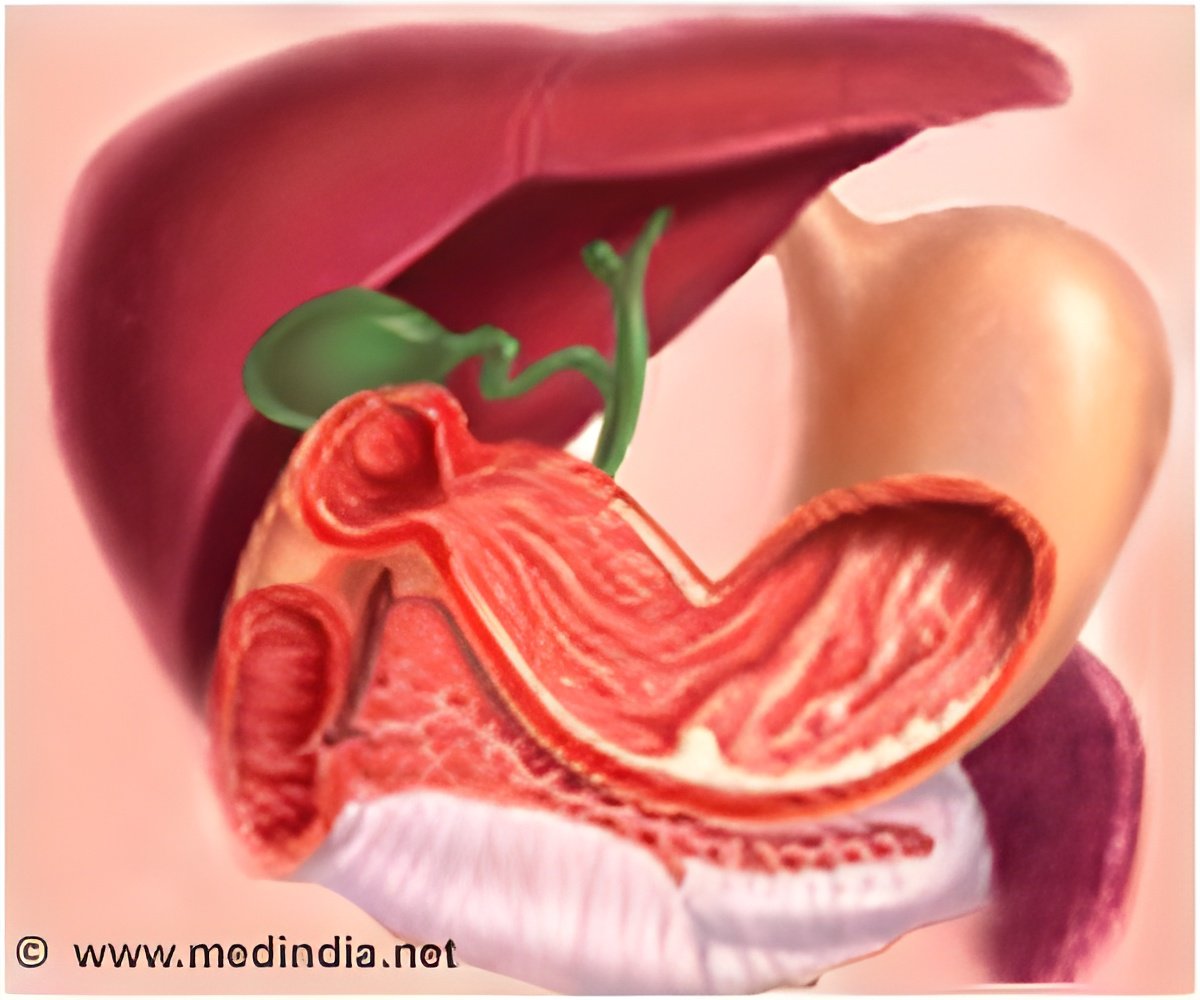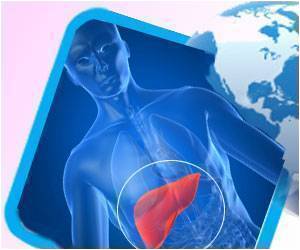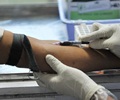
Using a new technique, called next generation deep sequencing and sophisticated computer analytics, the team was able to identify the "founder" virus responsible for the initial infection and then track changes within the virus as it was targeted by the immune system.
"We discovered that hepatitis C has not one but two 'Achilles' heels' that provide opportunities for vaccine development," said Dr Fabio Luciani, from UNSW's Inflammation and Infection Research Centre and the research team's biostatistician.
"If we can help the immune system to attack the virus at these weak points early on, then we could eliminate the infection in the body completely," he said.
Team member and virologist Dr Rowena Bull said the discovery of the weakest links meant vaccine researchers could now focus their attentions on the most likely avenues for success.
"The first weak point was identified at transmission, when the virus has to survive the transfer from one individual to another," Dr Bull said.
Advertisement
Study leader Professor Lloyd said the discoveries were significant because of their potential to overcome longstanding barriers to hepatitis C vaccine development.
Advertisement
Source-ANI














